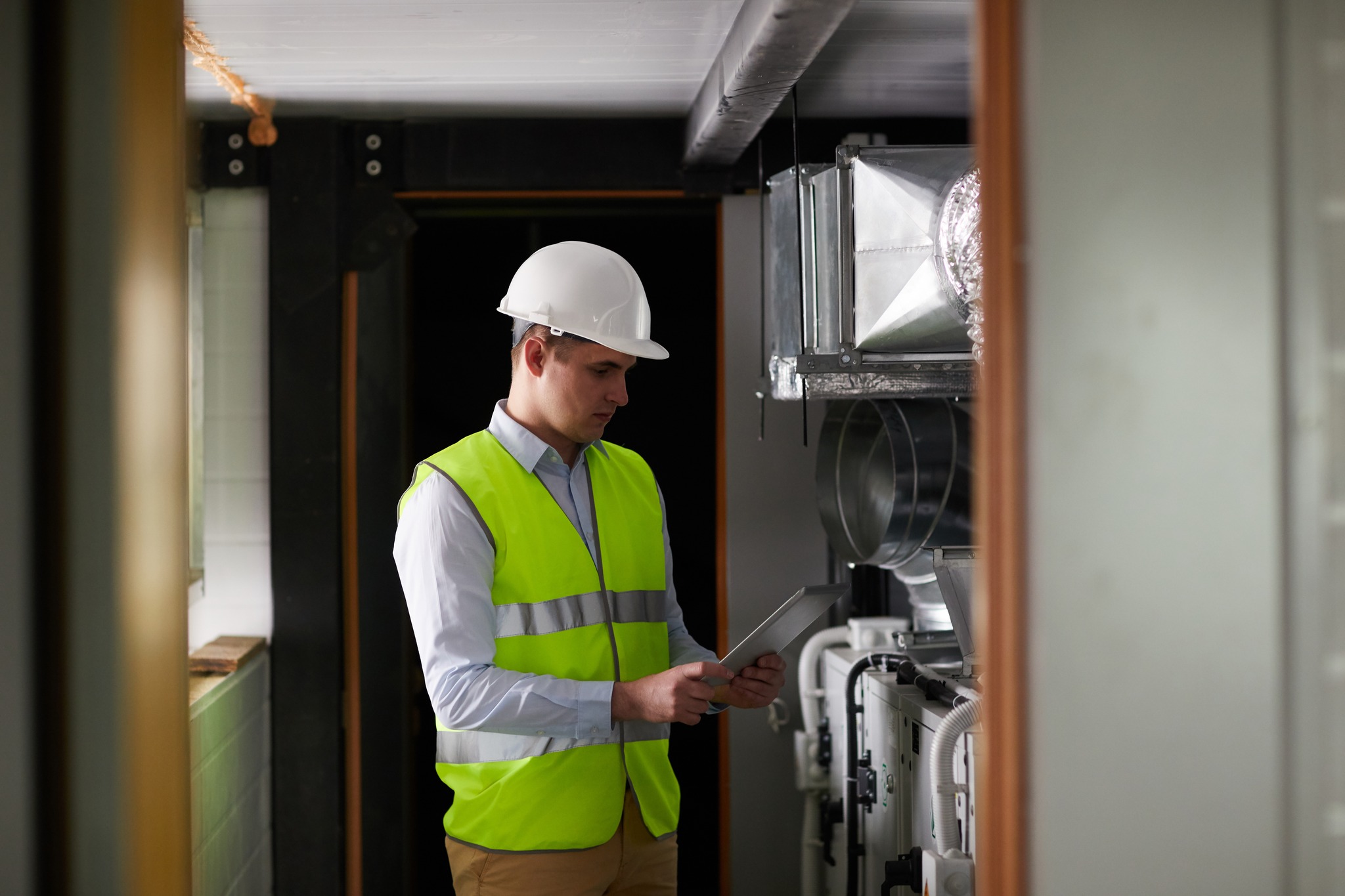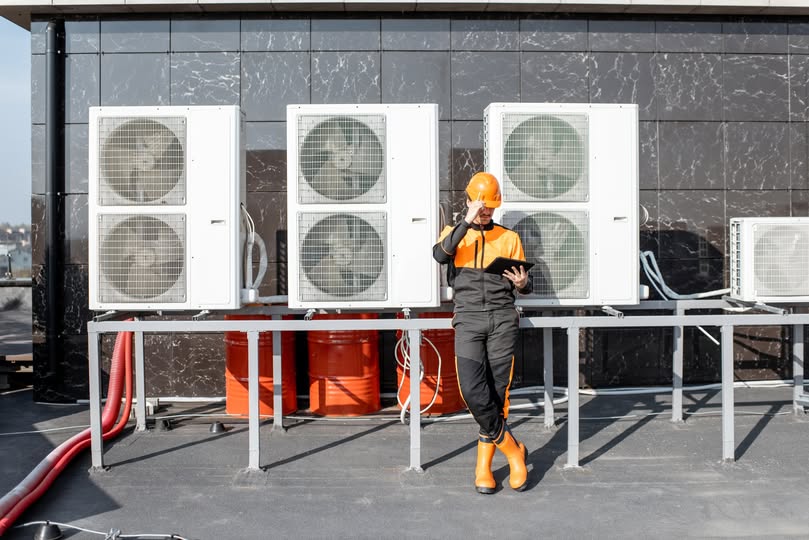As the temperatures begin to rise and the flowers start to bloom, it's time to prepare your HVAC system for the transition from winter to spring. At A-Plus Quality, our professional and highly skilled team is here to assist you in ensuring that your HVAC system is ready to keep you comfortable throughout the changing seasons.
One of the first steps in spring HVAC preparation is to schedule a maintenance check-up with our team. Our technicians will inspect your system, clean filters and ducts, and identify any potential issues that may need to be addressed before they become major problems. Regular maintenance not only helps to improve the efficiency of your system but also prolongs its lifespan, saving you money in the long run.
In addition to scheduling a maintenance check-up, there are a few things you can do to prepare your HVAC system for spring. Start by replacing the air filters in your system to ensure that it is operating at peak efficiency. This will help to improve indoor air quality and reduce energy consumption. You should also inspect your outdoor unit for any debris or obstructions that may have accumulated over the winter months.
Another important step in spring HVAC preparation is to check your thermostat settings. As the weather begins to warm up, you'll want to adjust your thermostat to ensure that your home stays comfortable without wasting energy. Consider installing a programmable thermostat if you don't already have one, as this will allow you to set different temperature settings for different times of the day.
By taking these steps to prepare your HVAC system for spring, you can ensure that it operates efficiently and effectively throughout the season. Remember, the team at A-Plus Quality is here to help with all of your HVAC needs, so don't hesitate to reach out if you have any questions or concerns.



